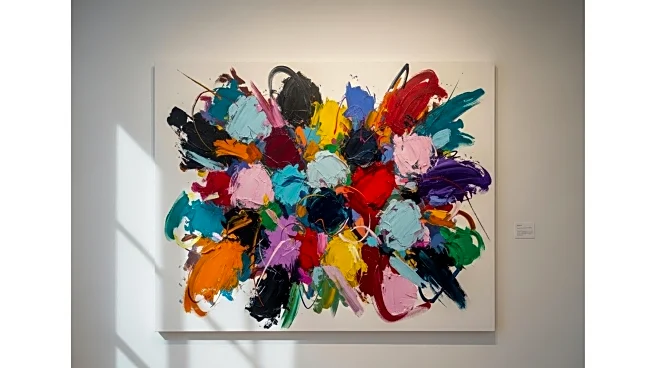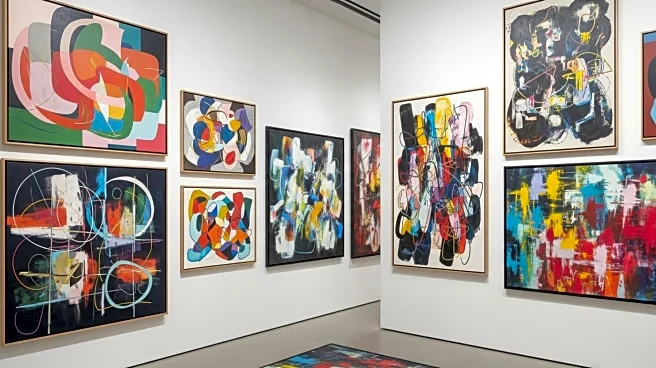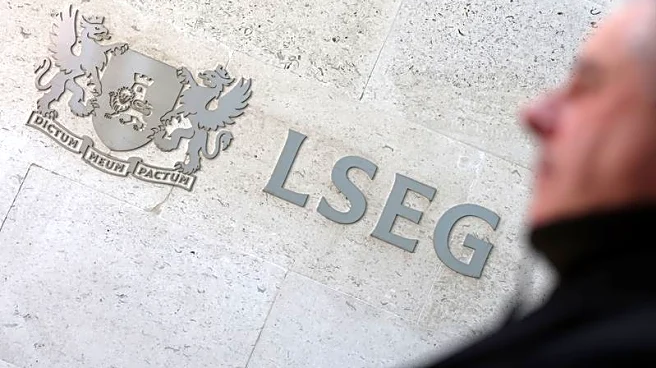What's Happening?
The art market is experiencing a period of contraction, as discussed at the Art Business Conference in London. Despite challenges such as declining auction sales, there are signs of stabilization, particularly in the $1 million-to-$10 million price bracket, which saw a 13.8 percent increase in sales. The market is also witnessing a shift in collector preferences, with new buyers prioritizing identity and convenience over prestige. Industry leaders like Martin Wilson, CEO of Phillips, emphasize the need for art businesses to adapt by catering to both existing clients and next-generation interests. Additionally, collaborations between small galleries and larger institutions are seen as potential opportunities to reset business relationships and foster community inclusion.
Why It's Important?
The ongoing changes in the art market have significant implications for U.S. art dealers, collectors, and galleries. The shift towards identity collecting and the prioritization of convenience by younger buyers could reshape how art is marketed and sold. This evolution may lead to new business models and strategies, impacting the economic landscape of the art industry. The stabilization in certain price brackets suggests potential resilience, offering hope for recovery and growth. However, the contraction also poses challenges, requiring stakeholders to recalibrate their approaches to remain competitive and relevant in a changing market.
What's Next?
Art businesses are likely to continue adapting to these changes by developing strategies that appeal to both traditional and new collectors. This may involve enhancing digital platforms for convenience and personalization, as well as fostering collaborations that promote inclusivity and community engagement. The industry may also see a reduction in the number of art fairs and a reevaluation of collection strategies by buyers. As tastes continue to evolve, art businesses will need to balance servicing existing clients with attracting next-generation interests to ensure long-term sustainability.
Beyond the Headlines
The shift in collector preferences towards identity and convenience reflects broader cultural trends, where personalization and authenticity are increasingly valued. This could lead to a more diverse and inclusive art market, as new collectors seek art that resonates with their personal identities and experiences. Additionally, the emphasis on community and collaboration may foster a more supportive and interconnected art ecosystem, potentially leading to innovative practices and partnerships that benefit both artists and galleries.













